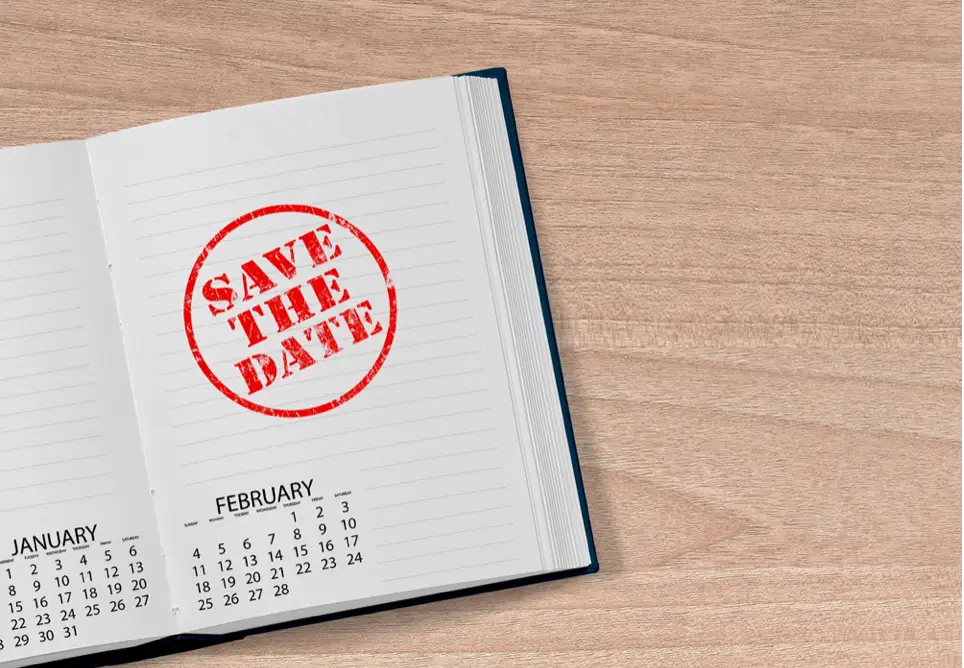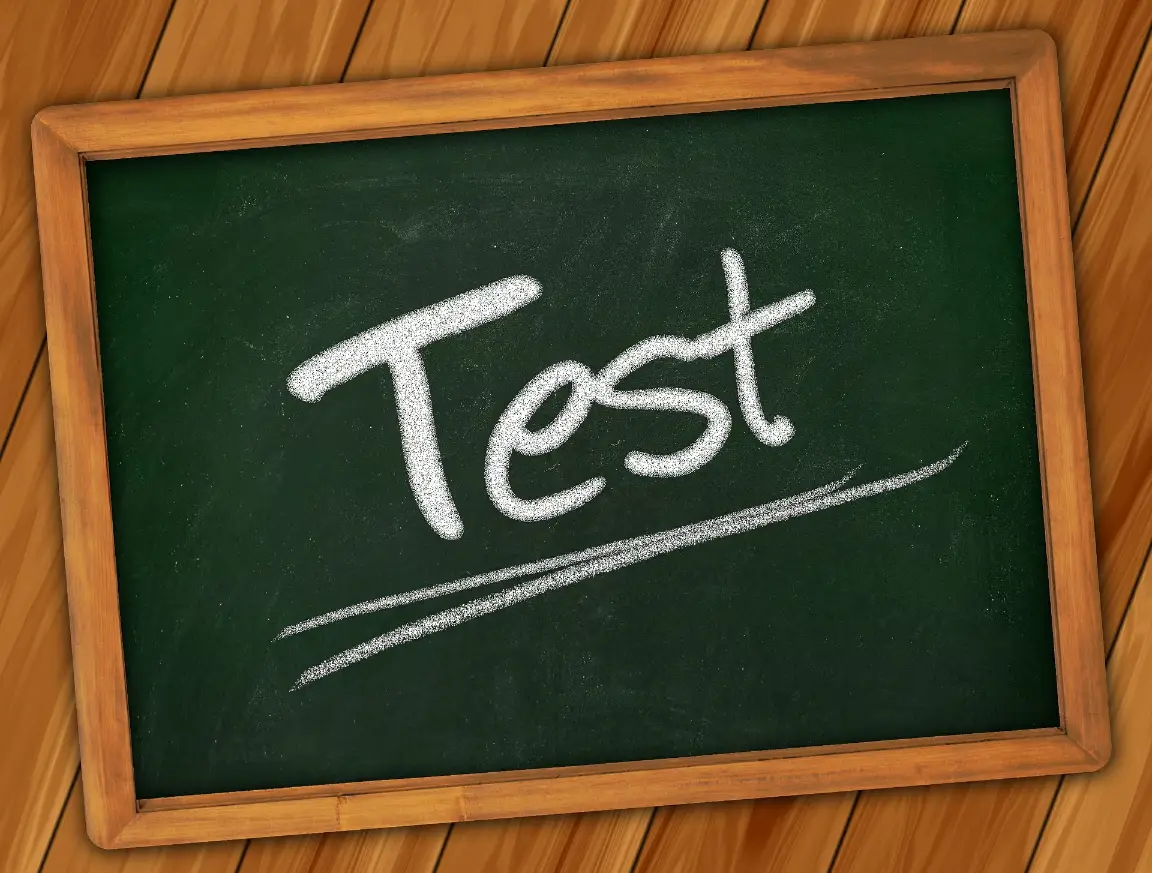What is the non-verbal reasoning in Ukiset? How can the student prepare for it?
Non-verbal reasoning consists of problems that involve shapes, pictures and logic. This part of the test is adaptive, so the questions asked are designed based on the student’s ability level. The more questions the student answers correctly, the more difficult the test will become. Therefore, not being able to answer a question does not mean the student is performing badly.
There are many different types of questions. Here are five examples types:
- sequence
- shapes and patterns
- rotation
- grid patterns and directions
- codes
1. Sequence:
In this type of question, there is a sequence of squares with one square left empty. Look at the five squares on the right and find the one that should take the place of the empty square to complete the sequence.
Example:

The answer is d.
2. Shapes and Patterns:
In this type of question, there are two shapes or patterns on the left which are similar in some way. Decide how they are similar. Find which of the five shapes on the right is most like the two shapes.
Example:

The answer is e.
3. Rotation:
In this type of question, there are two shapes on the left with an arrow between them. Look at them carefully and decide how the second shape is related to the first shape. There is then a third shape and another arrow followed by five more shapes. Decide which of the five shapes completes the second pair In the same way as the first pair.
Example:

The answer is a.
4. Grid Patterns and Directions:
In the grids of the questions, one square has been left empty. Look carefully at the five squares to the right and select the square that should complete the grid.
Example:

The answer is e.
5. Codes:
In this type of question, students have to work out a code. They are given some shapes and the codes that go with them. Decide how the codes match the shapes. Then look at the test shape and find its correct code from the five given on the right.
Example 1:

The answer is a. H stands for a white shape, B for a dark shape and A for a striped shape, so the code for the shape must be H.
Example 2:

The answer is b. This time the shapes on the left have two letters. Find two shapes that have a letter in common. The first and second shapes both have the letter B as the second letter of the code, so B must be the code for shading. The first letter is different for each shape, so the first letter must be the code for the position of the triangles. The test shape is the same shape as the second shape, with dark shading, so its code is WQ. WQ Is option b, so b is the correct answer.
As there are no official sample papers, it is possible for candidates to familiarize themselves with the style of questions that might be asked. Vic Li is an experienced UKiset tutor, who can tailor-made preparation for the UKiset Non-Verbal Reasoning and Mathematics assessments for students.






